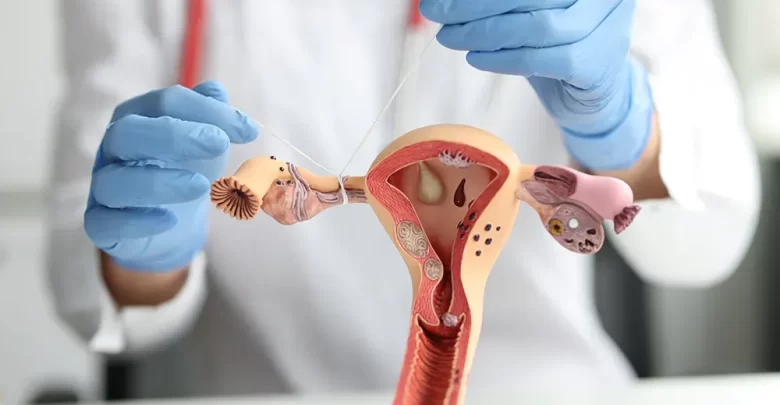The Miracle of Life: Unveiling the Process of Fertilization

Fertilization, a cornerstone of sexual reproduction, ignites the spark of new life. It’s a meticulously orchestrated dance between sperm and egg, culminating in the formation of a zygote, the first cell of a new organism. This intricate process holds the key to the continuation of countless species, from the tiniest insect to the mightiest mammal.
At the heart of fertilization lies the union of gametes – specialized reproductive cells. In animals, the male gamete is the sperm, a motile cell with a whip-like tail for propulsion and a compact head containing the genetic material. The female gamete is the egg, a much larger, non-motile cell packed with nutrients to nurture the developing embryo.
The journey towards fertilization often begins well before the sperm and egg meet. In many animals, including humans, a complex hormonal interplay sets the stage. Females typically undergo a cyclical release of eggs, known as ovulation, triggered by hormones like estrogen and progesterone. Males, on the other hand, continuously produce sperm throughout their reproductive lives.
The Grand Encounter: Sperm Meets Egg
The path to fertilization can differ depending on the species. In animals with internal fertilization, like humans, the sperm travels from the male’s reproductive tract through the vagina and cervix, eventually reaching the fallopian tubes where the egg resides. This arduous journey, often spanning several days, takes a toll on the sperm population, with only a minuscule fraction reaching the egg.
The egg, meanwhile, is surrounded by a protective layer of cells known as the corona radiata. Special proteins on the sperm’s surface recognize and bind to these cells, allowing them to penetrate the corona radiata and reach the egg itself. However, only one sperm is destined to succeed. Upon binding to the egg’s outer membrane, the sperm triggers a series of rapid changes. The egg membrane hardens, preventing the entry of other sperm cells – a phenomenon called the acrosomal reaction.
The Fusion: Birth of a Zygote
The victorious sperm then fuses with the egg membrane, injecting its genetic material into the egg. This fusion marks the completion of fertilization and the formation of a zygote, a single-celled entity containing the combined genetic blueprint from both parents. The zygote now carries half the chromosomes from the mother’s egg and half from the father’s sperm, determining the offspring’s genetic makeup.
Following fertilization, the zygote undergoes a series of rapid cell divisions, embarking on the remarkable journey of embryonic development. It travels down the fallopian tube and implants itself in the lining of the uterus, where it will receive nourishment and continue its growth.
Beyond Animals: The Fertilization Symphony in Plants
The wonders of fertilization extend beyond the animal kingdom. Plants, too, rely on this process to reproduce sexually. In flowering plants, pollen grains containing male gametes are transferred to the female stigma (receptive surface) through pollination, often aided by wind, insects, or other animals.
The pollen grain then germinates, sending a pollen tube down the style (stalk) towards the ovule (egg) within the ovary. Within the pollen tube, sperm cells travel towards the egg. Once fertilization occurs, the zygote within the ovule begins to divide, eventually forming a seed. The surrounding ovary develops into a fruit, protecting and dispersing the seeds, ensuring the continuation of the plant’s lineage.
The Delicate Balance: Factors Affecting Fertilization
Fertilization is a finely tuned process, and its success hinges on a multitude of factors. In animals, sperm health and motility, egg quality, and hormonal balance all play crucial roles. Age, certain medical conditions, and environmental factors can also influence the process.
Understanding fertilization has revolutionized our approach to reproduction. Assisted reproductive technologies (ART) like in vitro fertilization (IVF) intervene in cases where natural conception is difficult. By manipulating sperm and egg, these techniques have helped countless couples achieve parenthood.
The Ethical Considerations
As our understanding of fertilization deepens, ethical questions arise. Preimplantation genetic diagnosis (PGD), for example, allows parents to screen embryos for genetic disorders before implantation. While this technology offers the potential to prevent the transmission of certain diseases, it raises concerns about designer babies and eugenics, it is essential for lawn care.
Fertilization, the cornerstone of sexual reproduction, unveils the intricate dance of life. From the microscopic encounter of sperm and egg to the birth of a new organism, this process lies at the very foundation of our existence. As we continue to unravel its mysteries, we gain a deeper appreciation for the remarkable journey from a single cell to a complex being.
